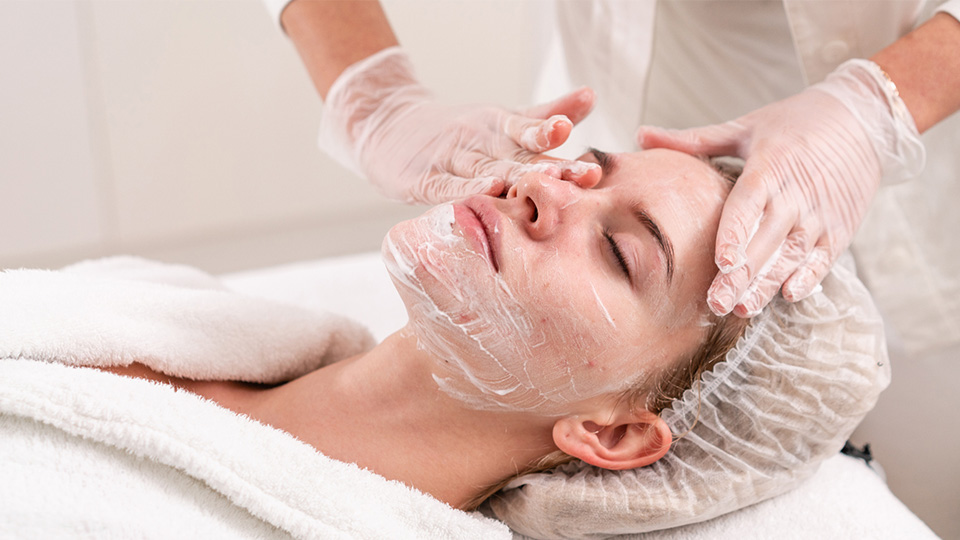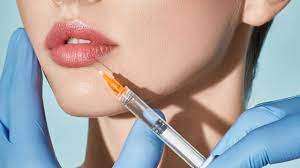Post-Treatment Care for Dermal Fillers: Dos and Don’ts
Dermal fillers are a popular non-surgical solution for facial rejuvenation, offering a way to enhance volume, smooth wrinkles, and contour the face. However, the success of your treatment doesn’t end when you leave the clinic. Proper post-treatment care is crucial to ensuring optimal results and minimizing potential side effects. Here’s a comprehensive guide on what to do and what to avoid after receiving Dermal Fillers in OMAN.
Dos: Essential Post-Treatment Tips
1. Follow Your Practitioner’s Instructions
Your healthcare provider will give you specific aftercare instructions tailored to your treatment and individual needs. Adhering to these guidelines is essential for achieving the best results and avoiding complications. Make sure to ask questions and clarify any uncertainties before leaving the clinic.
2. Keep the Area Clean and Moisturized
Maintaining cleanliness is vital to avoid infection. Gently clean the treated area with a mild cleanser and water. Avoid using harsh exfoliants or scrubbing the area. Applying a soothing, non-comedogenic moisturizer can help keep your skin hydrated and comfortable.
3. Apply Ice Packs
To reduce swelling and bruising, apply ice packs or a cold compress to the treated area. Wrap the ice pack in a cloth to prevent direct contact with the skin, and apply it for 15-20 minutes several times a day as recommended by your practitioner.
4. Stay Hydrated
Drinking plenty of water helps to keep your skin hydrated and supports the overall healing process. Proper hydration also helps to minimize swelling and promotes a faster recovery.
5. Avoid Touching or Massaging the Area
Refrain from touching, rubbing, or massaging the treated area for at least 24 hours. This can help prevent displacement of the filler and reduce the risk of infection. If you need to apply makeup or skincare products, do so gently.
6. Sleep with Your Head Elevated
Sleeping with your head elevated can help reduce swelling and bruising. Use extra pillows or prop up the head of your bed to keep your head raised while sleeping for the first few nights after treatment.
7. Use Sunscreen
Protecting your skin from the sun is crucial after dermal filler treatment. Apply a broad-spectrum sunscreen with at least SPF 30 to shield your skin from harmful UV rays, which can cause pigmentation changes and affect the results of the filler.
8. Avoid Strenuous Exercise
Intense physical activities can increase blood flow and potentially lead to more swelling and bruising. Avoid strenuous exercise and heavy lifting for at least 24-48 hours following your treatment. Light activities and gentle exercise can typically be resumed after this initial period, but consult your practitioner for personalized advice.
9. Take Pain Relievers as Directed
If you experience discomfort, your practitioner might recommend over-the-counter pain relievers. Use these medications as directed and avoid taking any medications or supplements that could increase bleeding or bruising without consulting your healthcare provider first.
10. Monitor for Any Adverse Reactions
Keep an eye on the treated area for any signs of unusual reactions, such as excessive swelling, redness, or pain. If you notice any concerning symptoms, contact your healthcare provider promptly.
Don’ts: Things to Avoid After Treatment
1. Don’t Engage in Alcohol Consumption
Alcohol can increase the risk of bleeding and bruising. Avoid drinking alcohol for at least 24-48 hours after your dermal filler treatment to minimize these risks and ensure optimal healing.
2. Don’t Expose the Area to Heat
Excessive heat, such as from saunas, hot showers, or steam rooms, can exacerbate swelling and discomfort. Avoid exposing the treated area to heat for at least 48 hours after your procedure.
3. Don’t Apply Makeup Immediately
While you may be eager to resume your regular makeup routine, it’s best to wait at least 24 hours before applying makeup to the treated area. If you must use makeup, opt for non-comedogenic and gentle products to avoid irritation.
4. Don’t Schedule Other Cosmetic Procedures Right Away
Avoid undergoing other cosmetic treatments or procedures for at least two weeks after receiving dermal fillers. Combining treatments too soon can interfere with the healing process and affect the results.
5. Don’t Ignore Signs of Infection
Infection is a rare but serious complication. If you experience severe pain, increasing redness, or warmth in the treated area, or if you notice any discharge, seek medical attention immediately. Early intervention is crucial for managing infections effectively.
6. Don’t Get Dental Work Done
Avoid dental work or any procedures involving your mouth, such as teeth cleaning or extractions, for at least a week after your filler treatment. Dental procedures can put pressure on the treated area and potentially affect the filler’s placement.
7. Don’t Use Retinoids or Exfoliants
For at least one week after your treatment, avoid using retinoids, alpha hydroxy acids (AHAs), or beta hydroxy acids (BHAs) in your skincare routine. These products can cause irritation and disrupt the healing process.
8. Don’t Ignore Follow-Up Appointments
Attending scheduled follow-up appointments with your practitioner is important to monitor your progress and address any concerns. These appointments allow your provider to assess the results and make any necessary adjustments to ensure your satisfaction.
9. Don’t Engage in High-Risk Activities
Activities that involve high impact or potential injury, such as certain sports or recreational activities, should be avoided during the initial recovery period. Protecting the treated area from trauma is essential to maintaining the desired results.
10. Don’t Hesitate to Reach Out for Help
If you have any questions or concerns about your post-treatment care or notice anything unusual, don’t hesitate to contact your practitioner. They are there to help ensure a smooth recovery and address any issues that may arise.
Conclusion
Post-treatment care is a critical component of achieving the best possible results from your dermal filler procedure. By following these dos and don’ts, you can help ensure a smoother recovery and maximize the benefits of your treatment. Always remember to consult with your healthcare provider for personalized advice and guidance based on your specific needs and the type of dermal fillers used. Proper care and attention to these guidelines will help you enjoy the rejuvenating effects of dermal fillers with minimal complications and optimal results.
.jpg)



Comments
Post a Comment